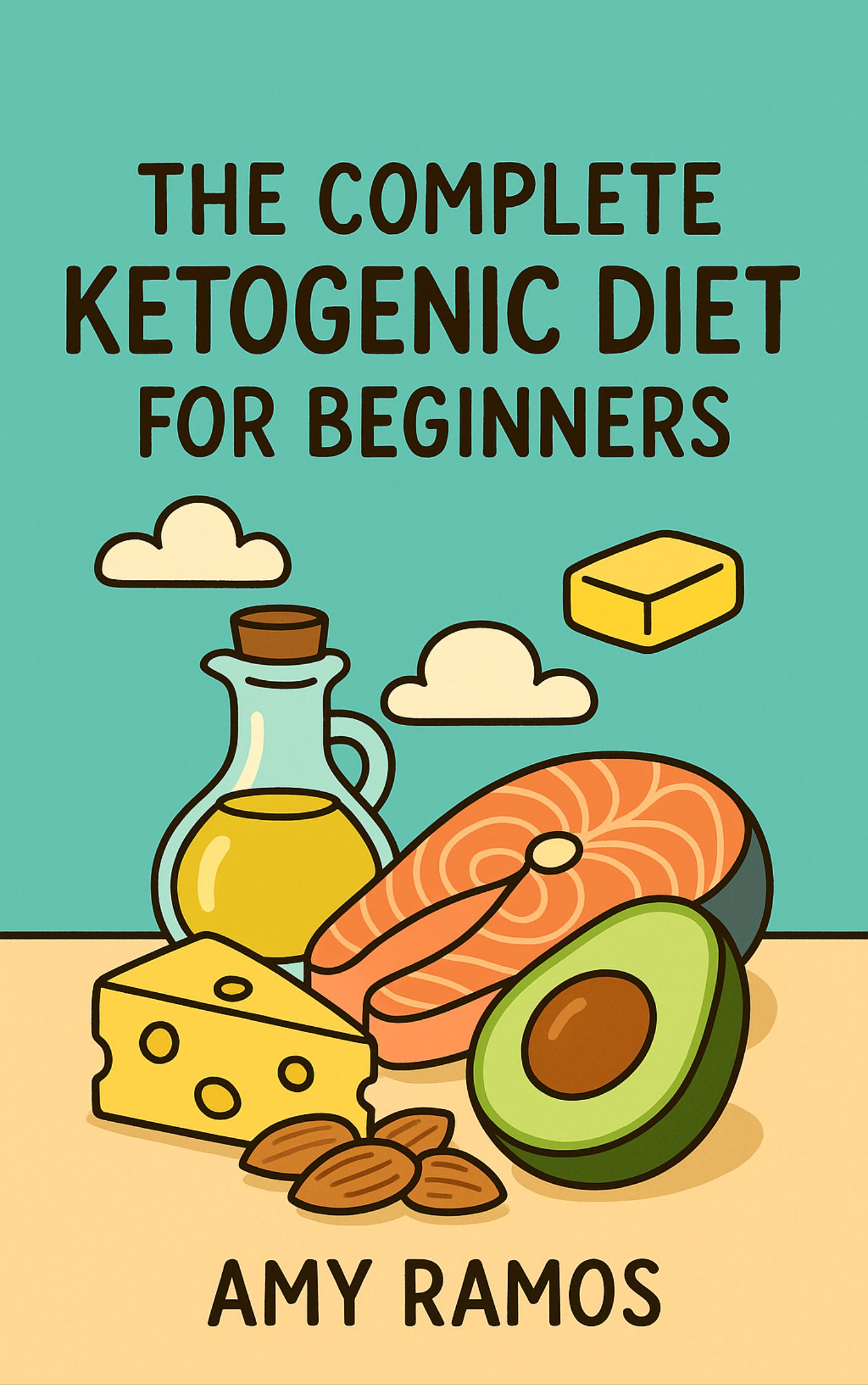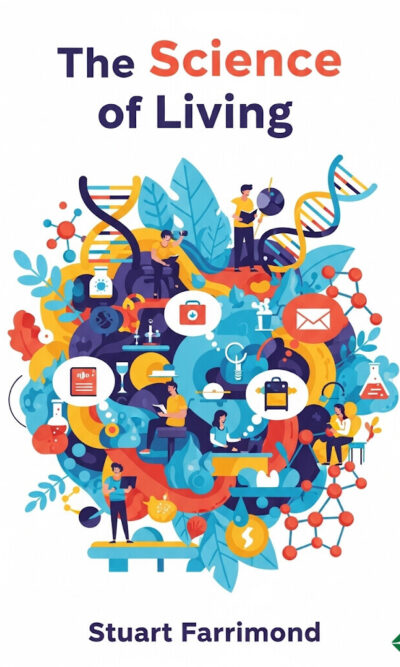Description
The ketogenic diet, often called “keto,” is a way of eating that changes how your body creates energy. Instead of relying on carbohydrates like bread, pasta, and sugar, the body learns to burn fat as its primary fuel. This shift leads to a state called ketosis, where the body produces ketones, small molecules made from fat, to power both the body and the brain. By reducing carbs and increasing healthy fats, people often find they lose weight naturally, gain steady energy, and even improve their overall health.
For decades, we were told that a low-fat, high-carb diet was the key to health. Governments and health organizations encouraged people to pile up their plates with grains and reduce fats to a minimum. But this advice has not worked very well. Rates of obesity, type 2 diabetes, and heart disease continued to rise. Many people discovered that eating fewer carbs and more healthy fats actually helped them feel better and lose excess weight without starving themselves. The ketogenic diet is one of the clearest examples of this approach.
When you eat a lot of carbs, your body breaks them down into glucose, which raises blood sugar. To deal with this, your body releases insulin, a hormone that helps store the glucose in cells. But if carbs are eaten in large amounts over time, your body may become insulin resistant, which means it needs more and more insulin to control blood sugar. This is one of the pathways that can lead to type 2 diabetes. On the other hand, when you cut carbs down to a small portion of your diet, blood sugar levels remain stable, insulin demand drops, and your body begins tapping into fat stores for fuel.
Keto is not only about weight loss, though that is often one of the biggest motivations. People on this diet often report clearer thinking, more consistent energy throughout the day, and less hunger between meals. Because fats are calorie-dense and satisfying, meals on a keto plan leave you full longer than carb-heavy meals. That makes it easier to stick with the lifestyle compared to traditional calorie-restricted diets.
One of the main concerns people have when first starting keto is whether it’s safe. The truth is, ketosis is a natural metabolic state. Humans have gone through periods without easy access to carbs for most of history. In times of fasting or food shortage, the body naturally switches to burning fat. Keto simply guides the body into this state on purpose, through food choices, rather than starvation. Medical research has also supported its safety and usefulness. Doctors in the 1920s used keto diets to treat epilepsy, and modern studies suggest it may also help with conditions such as type 2 diabetes, metabolic syndrome, Alzheimer’s, and even certain heart problems.
The typical ratio of nutrients in keto looks very different from a standard diet. About 65–70% of your daily calories should come from fat, 20–25% from protein, and around 5% from carbs. That 5% usually works out to about 20–30 grams of carbs per day, which is much less than a single slice of bread or a small bowl of rice. This may sound restrictive, but there are still many delicious foods available: meats, fish, eggs, cheese, butter, avocados, nuts, olive oil, leafy greens, cauliflower, and berries all have a place in a keto kitchen. Meals can be rich, flavorful, and satisfying without being loaded with sugar or starch.
Transitioning into ketosis can be uncomfortable at first. Many beginners experience what is called the “keto flu,” a collection of symptoms like fatigue, headache, or irritability that come as the body shifts away from carbs and begins burning fat. This stage usually lasts only a few days, and it can be eased by staying hydrated, adding electrolytes like sodium and magnesium, and making sure you get enough sleep. Another temporary side effect is “keto breath,” a slightly unusual odor caused by ketones leaving the body, but this also tends to fade as your metabolism balances out.
A key step in succeeding with keto is preparation. The foods that usually tempt us—chips, cookies, soft drinks, bread—are no longer part of the diet, so it helps to remove them from your home. Stock your kitchen instead with keto-friendly staples such as butter, coconut oil, olive oil, cheese, eggs, meats, nonstarchy vegetables, and herbs. Keeping low-carb snacks on hand, like nuts or cheese sticks, can prevent slips during moments of hunger. Planning weekly meals in advance is another smart move, since it avoids the problem of grabbing carb-heavy takeout when you’re tired.
Social life and family routines can also pose challenges. Friends might question why you’re avoiding certain foods, or relatives may tempt you with bread or desserts. Explaining that you’re simply cutting back on sugar and grains is often enough to keep the conversation simple. For those you live with, you might want to set aside a separate space for non-keto foods so you’re less likely to be tempted. Over time, many people find their results speak for themselves, and those around them become more supportive.
Keto also works well with exercise. You don’t need to become a professional athlete to see benefits; simple routines like daily walking, light jogging, yoga, or cycling can speed up fat burning and improve mood. For those already active, adjusting workouts to match keto energy levels can further enhance performance. What’s important is consistency—combining a steady keto lifestyle with regular movement can create long-lasting health improvements.
A sample day on keto might start with scrambled eggs and avocado for breakfast, followed by a mid-morning snack of almonds. Lunch could be a chicken salad with olive oil dressing, while dinner might be salmon cooked in butter with a side of roasted broccoli. Dessert could even be a sugar-free cheesecake made with cream cheese and almond flour. Far from being boring, keto meals can be rich, flavorful, and surprisingly indulgent.
The ketogenic diet is not a quick fix or a short-term fad. It is best understood as a lifestyle shift. The early days may be tough as your body adjusts, but with preparation, patience, and a clear plan, the benefits can be powerful and long-lasting. People often find not just weight loss, but also more energy, better mental focus, reduced sugar cravings, and greater overall health. By eating whole foods, planning meals, and staying consistent, keto can become an enjoyable and sustainable way of life.





